We have a great guest today for our Interview With series: Ari Ryan. Ari is a medieval reenactor and living historian and has participated in living history and reenactment activities both professionally and as a hobby since 2006. Under the moniker “The Turnip of Terror” Ari has established himself in the medieval living history and reenactment community. He curates and shares medieval content and maintains reliable link and resource lists, shares reviews of events, interviews with prominent figures in the hobby, tips, product reviews, videos, community resources, provides authentic medieval themed entertainment, and more.
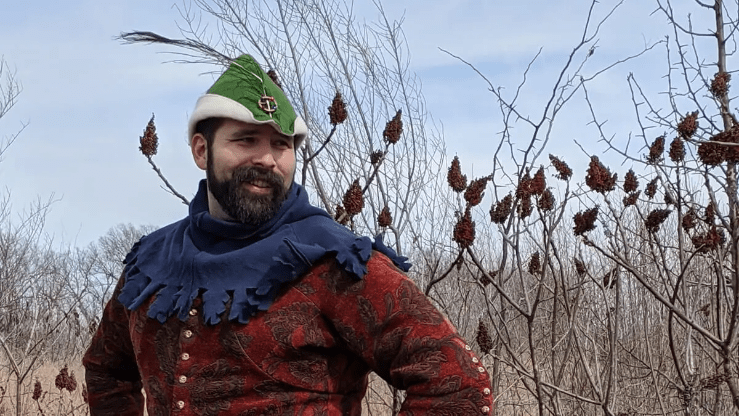
Hi Ari, it’s great to speak to you today! Please tell us a bit about yourself. Who are you, and what got you interested in medieval history?
Primarily, I am a medieval reenactor and living historian. I have participated in living history and reenactment activities both professionally and as a hobby since 2006, starting out interpreting 1830s maritime history for school groups. My impressions revolve around the high middle ages, late 14th early 15th (I like to say 1400 +/- a decade.) Outside of my personal impression, I have a variety of goals I try to juggle as the Turnip of Terror, principle of which is a resource website for those researching medieval history from a reeanctor’s perspective. It is mostly curated lists with that niche’s audience in mind.
I also enjoy video production and try to bring reenactor related content regarding medieval history to the screen, as well as injecting authentic medieval aesthetics into things like TikTok trends and transition videos in open defiance of Hollywood’s insistence medieval has to look ugly. I came into a love for medieval culture young, through fantasy such as the Lord of the Rings books, movies like Dragonheart, and Dungeons & Dragons. I always wanted to know the “real” behind what became the “fantasy.”
Re-enacting is such a popular hobby across the world. What do you think it is about pretending you are a person from another time period that people find so appealing?
This is a complicated question, which is why it is fodder for so many videos, articles, and podcasts episodes over the years. A large part of it is escapism, the same appeal to literature and television and cosplay. For many it is a connection to their own past, or connection to a past they idealize. There can be a certain amount of free expression in one’s attire and appearance when sartorial choices are decoupled from modern baggage. For example, the use of color in medieval attire is not just a myth to be busted, but it allows me to wear garish clothing which is otherwise unfit for, say, the office environment. Speaking for myself, though I know this sentiment is shared by others I have talked to, high quality and high fidelity reenactment is the closest thing to time travel that physics allows. There are natural limitations to the sense of stepping back in time when Sunday picnickers are playing Frisbee golf over your head and the cars are whizzing down the highway nearby. At the moment we are largely limited to hikes in the woods and nighttime around the campfire, where darkness cloaks the modernity around us, to experience that thrilling sense of true immersion.
If someone wanted to get into re-enacting, where would you suggest they start?
That largely depends on the time periods they are looking to do reenactment for. If they are interested in any of the medieval eras, especially the high and late middle ages, shameless self-promotion I would steer them to the medieval resources lists on my website, theturnipofterror.com. At its heart the website is designed specifically as a way to help provide resources for people in medieval reenacting. Facebook is still a highly valuable resource, as there are a number of groups and pages out there full of people eager to provide guidance. Discord is starting to encroach on that digital community territory, but they can be harder to find. Solo reenacting has its perks, but it is definitely more fun as a group, so if you look around for reenactment groups in your area, there may be something within a reasonable drive. I also always suggest, regardless of the era you’re getting into, starting with a smaller, less expensive impression so the sunk costs are not too high if you decide you don’t like it. A $500 commoner outfit or private soldier is considerably easier to put together (and abandon if you don’t like it) than a full suit of knight’s armor or elaborately decorated officer’s uniform. Many groups also have built up a large material culture they can loan you, such as weapons and camping equipment, to help you get on your feet.
There’s some really great suggestions there. But you’re not just a reenactor – you’re planning on starting a medieval village in the heart of the US. Where did this idea come from?
A combination and accumulation of a number of conversations and experiences over the years. In the US we don’t have castles, or actual medieval villages we can play around in like they do in Europe and the UK. This leaves us in America in the odd position of always reenacting in environments which are unsuitable for how we’re dressed, at worst school gyms and convention halls, at best parks and fields. I worry this has had a negative impact on the hobby in the US generally, and introduced a number of artifacts into our understanding of medieval culture through the act of recreating it.
Camping, or glamping, has become such a central tenant of medieval reenacting, when we have clear indications medieval people went to great lengths to avoid having to camp at all. There’s also a diminishing return when it comes to high fidelity impressions, as you quickly outperform your backdrop, whether this conscious or unconsciously influences the hobby. So above and beyond the “it would be cool” factor, I think an accessible location devoted to the principles of authenticity and immersion over public appeal and tourist attraction could have wide reaching positive effects on the medieval reenactment and living history community in the states.
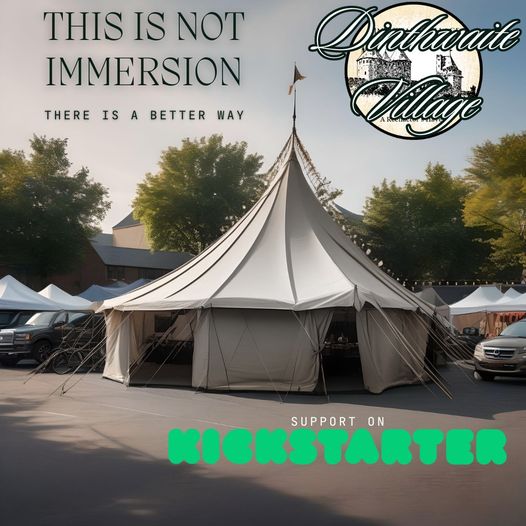
It all definitely sounds good when you put it like that. So what exactly do you envisage for the village?
I envision something in the fifty to one hundred fifty acre range with enough woodland to effectively cut off what we build from the outside world, both by sight and sound. The town itself, which wouldn’t have to be more than an acre or two itself, would be built in such a way as to approximate the most generic features of a rural medieval town, allowing it to be utilized by people doing impressions of various cultures and time periods in northern Europe and Britain from the 12th to very early 15th centuries.
The village would be more than just events, since it would not be a tourist attraction and it would not be open to the public, it will be a bastion for long term archaeological projects which cannot be carried out unless you happen to be fortunate enough to enjoy the luxury of lots of land yourself. From raising period specific varietals of crops using period tools, to practicing a specific craft in the workshop, to just going for a walk in your medieval clothing to stress test some new kit, the village would give reenactors the ability to explore history where everything they see and hear is as authentic as their attire. And all this can be accomplished during structured events, or on an individual basis without the stress or pressures of an event going on around you.
It’s an ambitious project, but it sounds like it would be wonderful. How do you begin to organise a project like this? What have some of the problems you’ve come up against been?
Now, this is an incredibly important part of the process which has been largely skipped by previous incarnations of projects similar to this, but at the same time it is the boring part of the business and thus is, in itself, a challenge. I have spent a few years in research, researching local regulations and zoning, legal structures and entities, local and nearby geography, and most importantly other attempts at projects like this. Truth be told, I could not find any other project that is attempting to do it in the way I have outlined, and that is partly why I have made many of the choices I have: by observing what did not work in the past and finding ways I believe will address those problems.
One of the key steps is to establish a sound legal entity which creates an organization which can last multiple generations, with strict bylaws and articles of incorporation which keep the project on track now and in the future. Of course, as I said, as much as we have to set a foundation, on the administrative side, before we can set foundations of buildings, it is also hard to make “prudent fiduciary and legal structuring” sexy. Everyone wants you to be breaking ground before your project is interesting, but you have to put in the paperwork to get there. Those who jump straight to breaking ground tend to fail, or fail to live up to their potential and suffer from mission drift or unhealthy concessions. So in step one we’re raising money to establish the foundation, consult an attorney, spin up a website, get a mailing address, etc. Then we can attract corporate sponsors, apply for grants, fundraise through strategic partnerships, all in hopes of defraying and reducing future costs to the reenactor with the goal of keeping the use of the site at zero for the reenactor.
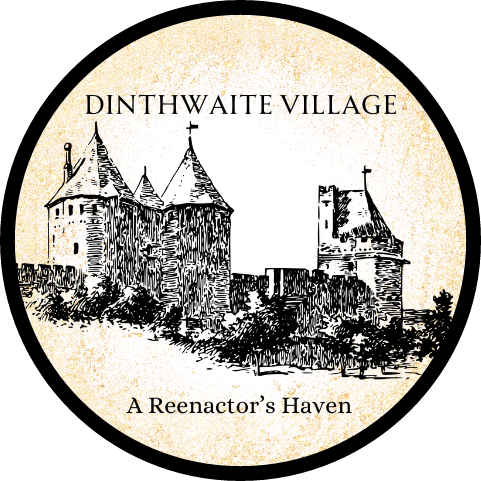
You’ve set up a Kickstarter for this first stage of the project. Can you tell us a bit more about the Kickstarter and its fundraising goal?
The goal of the Kickstarter is to set up a number of the organizational frameworks as I mentioned above, but also to create momentum and establish a number of proofs to the world at large. Our fundraising goal for this first step is $25,000 which is a very small ask compared to the over twenty million I priced the project out if it were to be built in “one go” like a shopping mall or amusement park. The Kickstarter ends December 31st, 2023 with the expectation that we will be able to settle the business structure and begin applying for grants and sponsorships during the winter when it’s too cold to do anything outside, anyway. Successfully funding this Kickstarter sends a message to business, organizations, and the community at large that we are ready and willing to learn from our mistakes and take the next steps to achieving a location the community has deserved to have for decades.
A huge thank you to Ari for speaking to us today. It’s so interesting to learn more about the world of historical reenacting, and about his fantastic project! If you’d like to support the Dinthwaite Medieval Village Kickstarter then you can check it out and donate here by the 31st December.
Nb. whilst we have shared Ari’s project, Just History Posts is not a backer of the project and any investments are made at your own risk.
Did you know that Just History Posts now has a newsletter? Be sure to sign up here!
Previous Blog Post: Trier: The World’s Worst Witch Hunts?
Previous in An Interview With: Thilde Kold Holdt, Historical Fantasy Author
List of Blog Posts: here Blog Homepage: here
Buy my books via the pictures below! Or why not check out our shop?
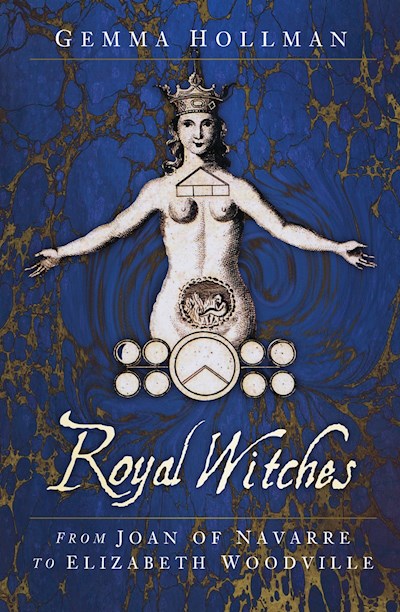
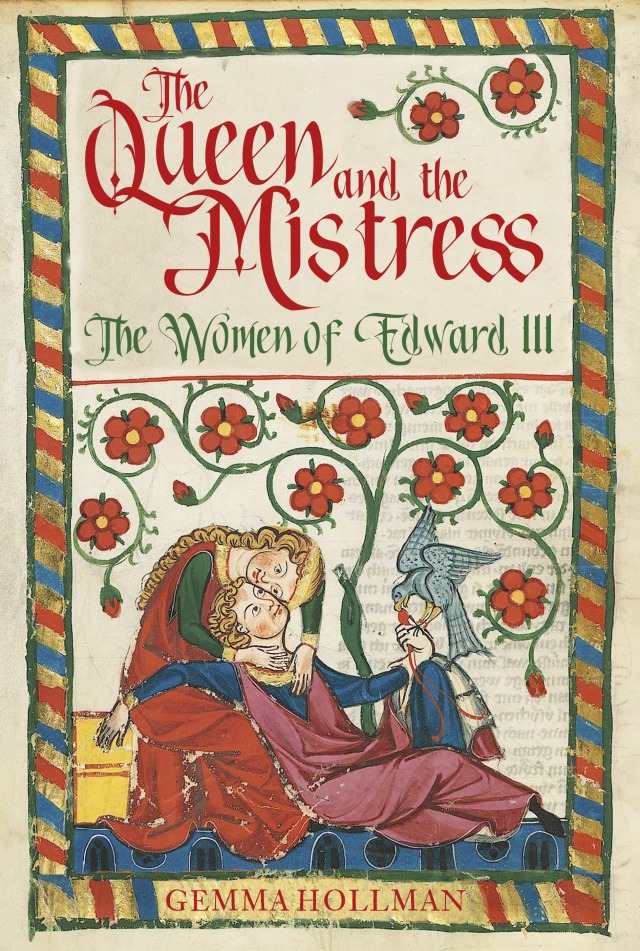
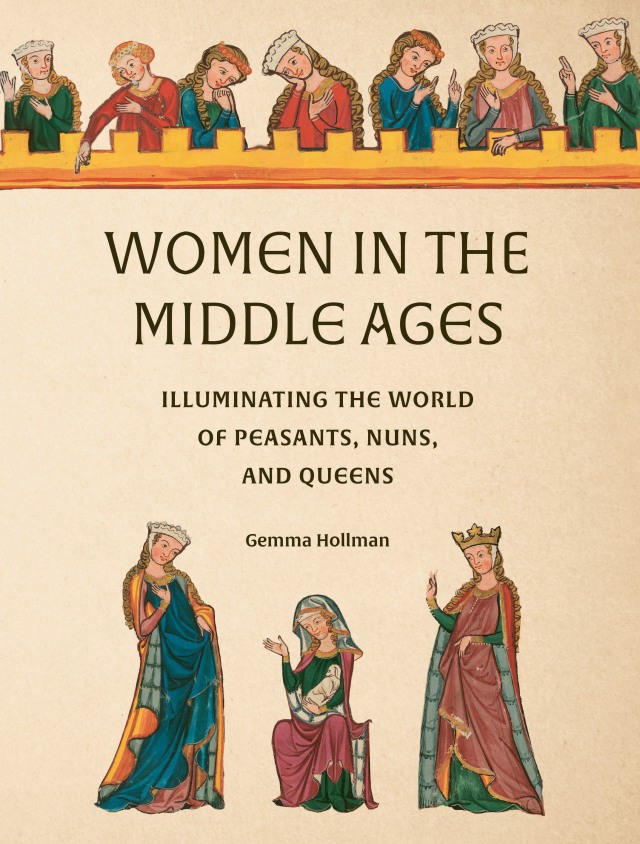
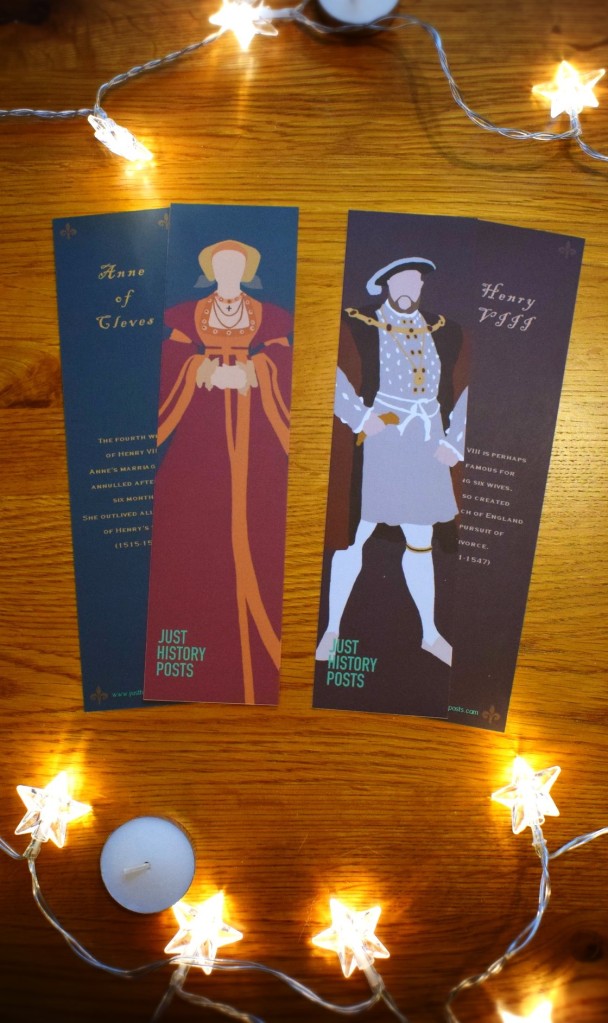


3 responses to “An Interview With: Ari Ryan, Medieval Reenactor”
[…] Previous Blog Post: An Interview With: Ari Ryan, Medieval Reenactor […]
LikeLike
[…] Previous Blog Post: Book Review: “I, Christine” by Marcia Maxwell […]
LikeLike
[…] Previous in An Interview With: Ari Ryan, Medieval Reenactor […]
LikeLike